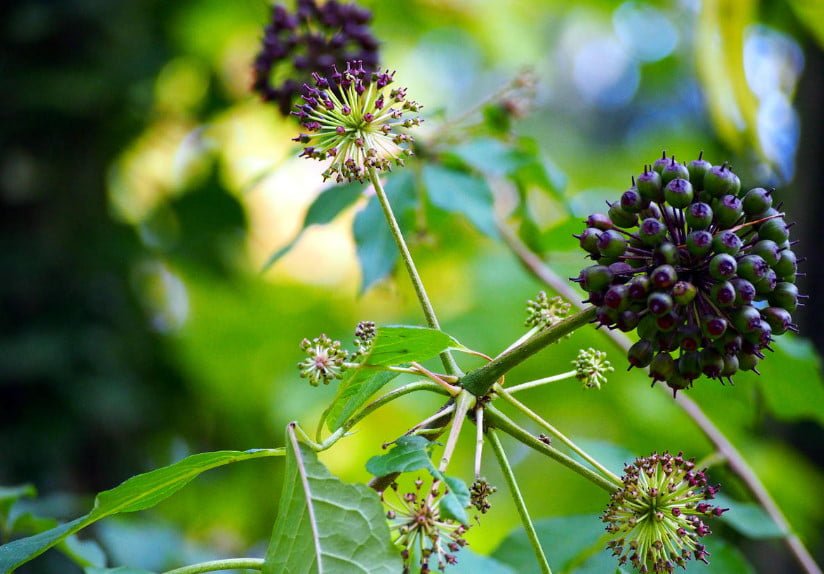
The far East is rich in rare and amazing plants-Eleutherococcus. Genus Eleutherococcus from the family Araliaceae includes about 30 species of plants, mainly tree and shrub species. Of greatest interest are Eleutherococcus senticosus and Eleutherococcus sessiliflorus.
Eleutherococcus Senticosus
Eleutherococcus Senticosus grows only in the Eastern regions: in the far East, in the Amur region, in southern Sakhalin, as well as in Korea, Japan and North-Eastern China. This plant has extraordinary healing properties. In addition, it is interesting enough to be used in gardening for decorative purposes.
In his homeland, he grows in the shadow of cedar and broadleaved forests on wet, rich forest litter, soil. In more southern areas rises higher in mountains, but meets also in floodplains of the rivers.

This rather original shrub height of 1.5 to 3 m forms a set of unbranched straight shoots, covered with thin spines, directed down the tips, which is why it is still nicknamed the devil’s Bush.
Young shoots of Siberian ginseng yellow color, covered with very dense spines. Over time, the twigs acquire a light gray hue and the number of spikes decreases.
Complex leaves sit on long stalks and consist of 5 leaf plates obovate, smooth and dark green on top, but slightly pubescent on the lower, lighter side. They are very similar to ginseng leaves.

Siberian ginseng bloom small pale purple and pale yellow flowers on long thin stalks. The flowers are collected in loose umbels. Flowering occurs in July and August, and at the end of September on the bushes formed fruits – black shiny roundish-oblong berries.
The rhizome is profusely branched, cylindrical shape, is shallow — at a thirty-degree layer of soil. It conceals a lot of useful substances that put this plant on a par with such well-known natural antioxidants as ginseng and Rhodiola rosea.
Eleutherococcus Sessiliflorus
Another interesting species is Eleutherococcus Sessiliflorus. The shrub grows more than 3 m tall. Similar to the previous view, but its stems can sometimes be without thorns or covered with rare thorns of a tiled shape.
Leaves are also complex, 3-5 lobed. The flowers are small, dark brown in color, form dense inflorescences in semiumbels. The fruit is very dark shiny berries. Occurs in the same places as Eleutherococcus Senticosus.
Cultivation of Eleutherococcus
This exotic plant is taking root in the garden. Despite the fact that in nature Eleutherococcus grows under the canopy of trees and has sufficient shade resistance, it is still a light — loving plant, and it is desirable to place it in open areas or near trees under their through shadow. The soil should be prepared loose, equipped with organic matter, better rotted manure, neutral.
Maintenance
For adult plants care is simple: watering the Bush is necessary only in dry weather, but excessively addicted to loosening and weeding is not necessary, as growing under the bushes weeds protect the soil from overheating. To make the planting look neat, under the bushes you can plant non-aggressive ground cover plants or grass for planting tree trunks of trees and shrubs.
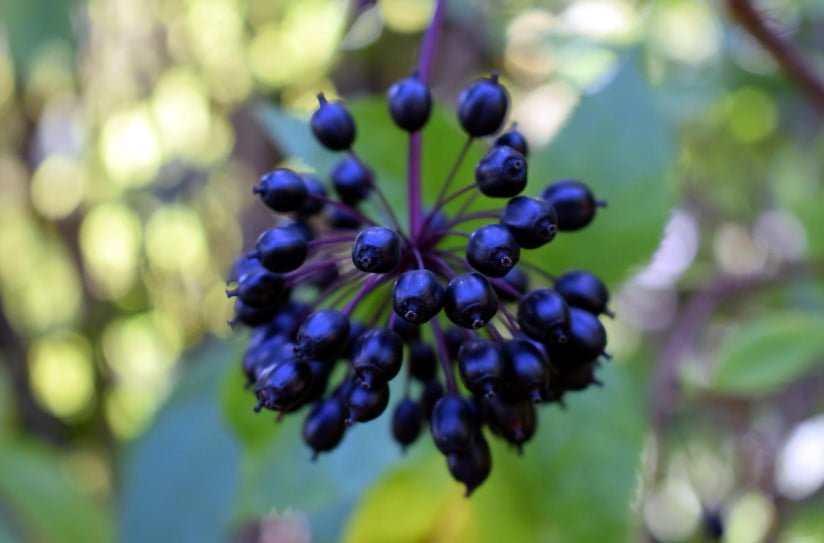
During the summer season, the Bush can be fed once a complex mineral fertilizer. Eleutherococcus is frost-resistant, withstands temperatures below -30°C and does not need shelter.
Siberian ginseng to grow in the garden in different ways. It is propagated by both seeds and vegetatively: by dividing the Bush, layering, cuttings.
Reproduction by layering
Eleutherococcus Bush consists of many shoots, and every year they grow more and more. Therefore, it is not difficult to dig up the layering or root shoots from an adult Bush. Layering, planted in spring or autumn, are taken quite quickly, so they are better to place immediately in a permanent place, preparing suitable soil. On 1 m2 of land should be made to 6 kg of rotted manure.
If a few bushes are planted, the planting pits measuring 50 cm deep and 50 cm wide are dug through 2 m, add the rotted manure or compost to them. Seedlings are placed in the pit, covered with earth, watered and well compacted ground. The first year or two for young seedlings should be monitored and more careful care for the winter they should be sheltered.
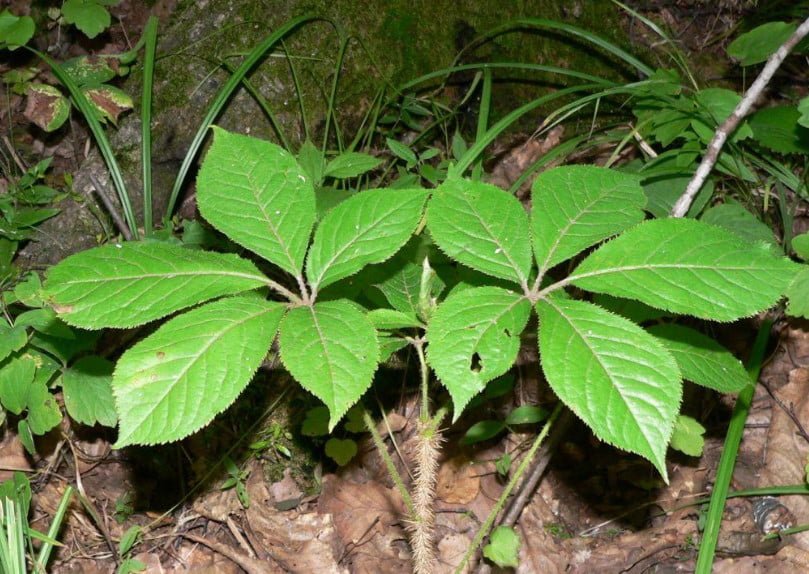
It is desirable to plant several bushes at the same time, since Eleutherococcus is a same — sex plant: some bushes only with female, and others — only with male flowers. For proper development, flowering and fruiting requires several bushes of different sex for pollination.
Reproduction by seeds
If it is not possible to get layering Eleutherococcus, it can be grown from seeds. But this process is quite long and you need to be patient, although there is nothing complicated about it. Seeds germinate only after a long stratification, and it should be carried out in 2 stages and start long before sowing seeds in the soil in the spring.
- In September, Eleutherococcus seeds are placed in containers or bags with wet sand and left in a room with a temperature of about 18…+20°C for about 5 months. The most important thing is that during this time the seeds are always in a humid environment with air access.
- Then the seeds are placed in a refrigerator, where the temperature is maintained at about +4°C for another 3 months. Just after the end of this period comes the time of sowing seeds in the ground – the end of April – beginning of may.
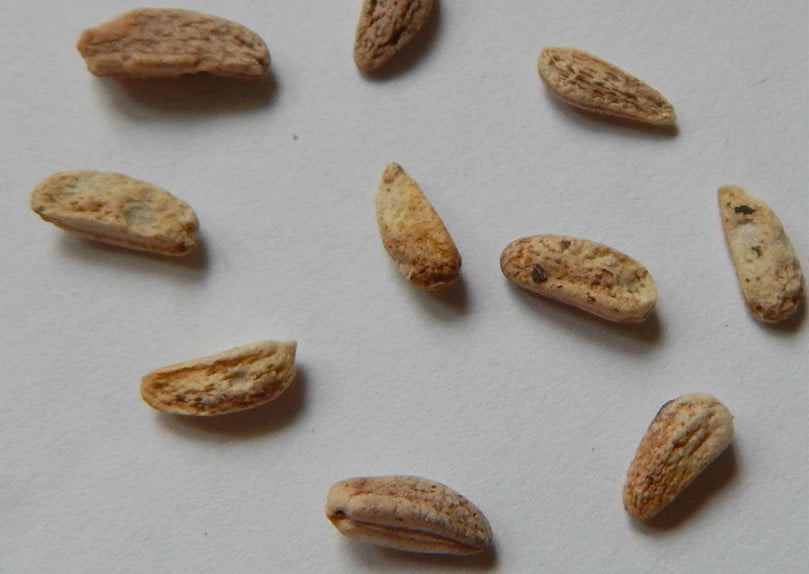
The place for sowing is chosen in partial shade with light, but nutritious soil-young seedlings will be comfortable in such conditions. Prepare the bed, carefully digging the soil and removing the roots of perennial weeds, and sow the seeds in the grooves to a depth of 1 cm.the Soil is maintained moist.
Germinate seeds Eleutherococcus slowly, not all will sprout in the first season. Seedlings remain in the garden for 2-3 years, and then they are transplanted to a permanent place. Blooms Siberian ginseng for about the 4th year after planting.
What to grow Siberian ginseng
This thorny shrub has a lot of advantages and is useful in many diseases. In particular, one of its important properties – tonic and immunomodulatory effects on the body. All parts of the plant are healing, but especially its roots and rhizomes.
In addition, it is a very ornamental plant. It has beautiful carved leaves and very nice umbrellas with light flowers, which have a delicate aroma. But the most beautiful Siberian ginseng in the fall, covered with spherical clusters of shiny black berries.
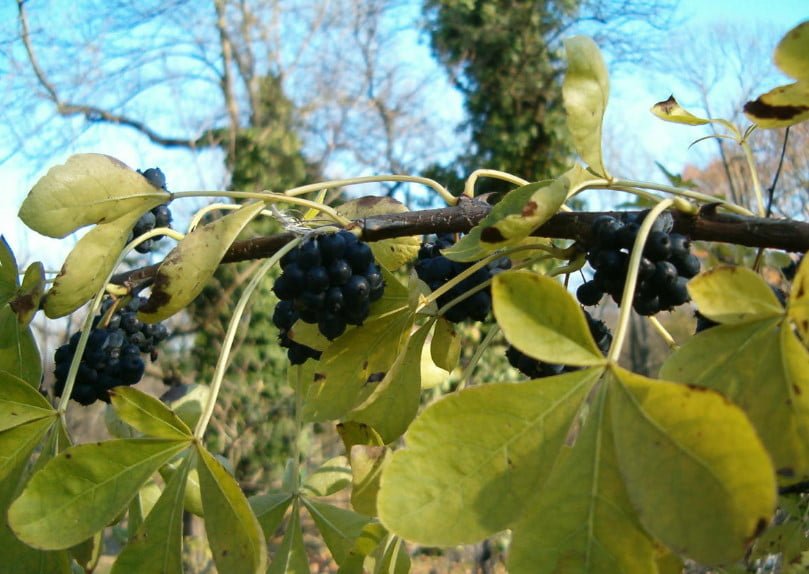
From it you can create a hedge, and it will be a great protection from unwanted visitors to the garden. On the lawn will look beautiful in a single landing or in a group with other shrubs. In any place and at any time of the year Eleutherococcus will decorate your garden.
Do exotic plants of the Far East grow in your garden? Share in the comments your experience of growing these interesting and rare plants.

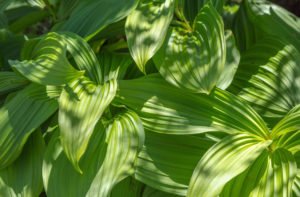

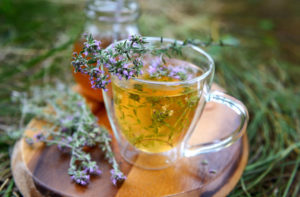
Leave a Reply